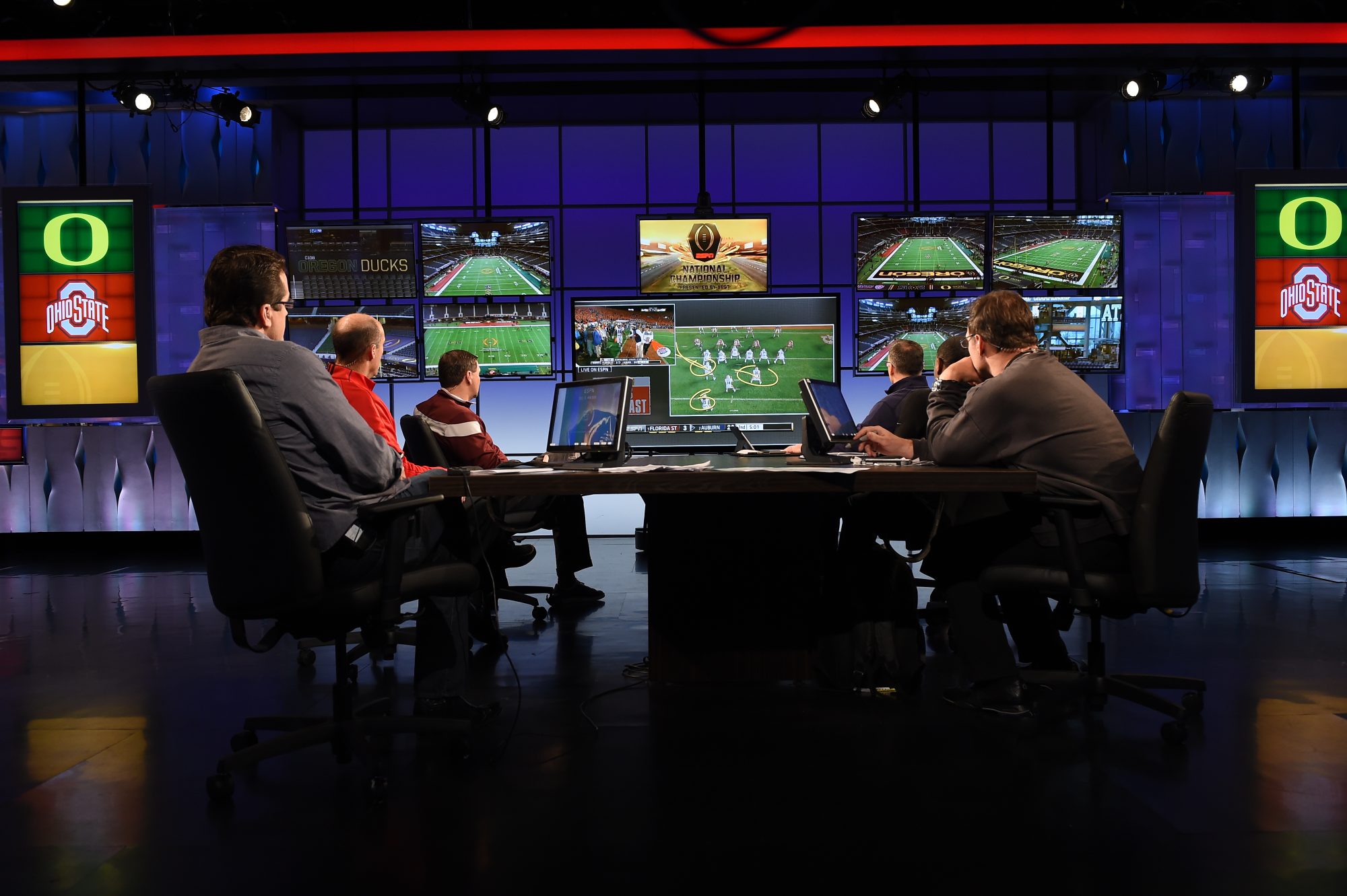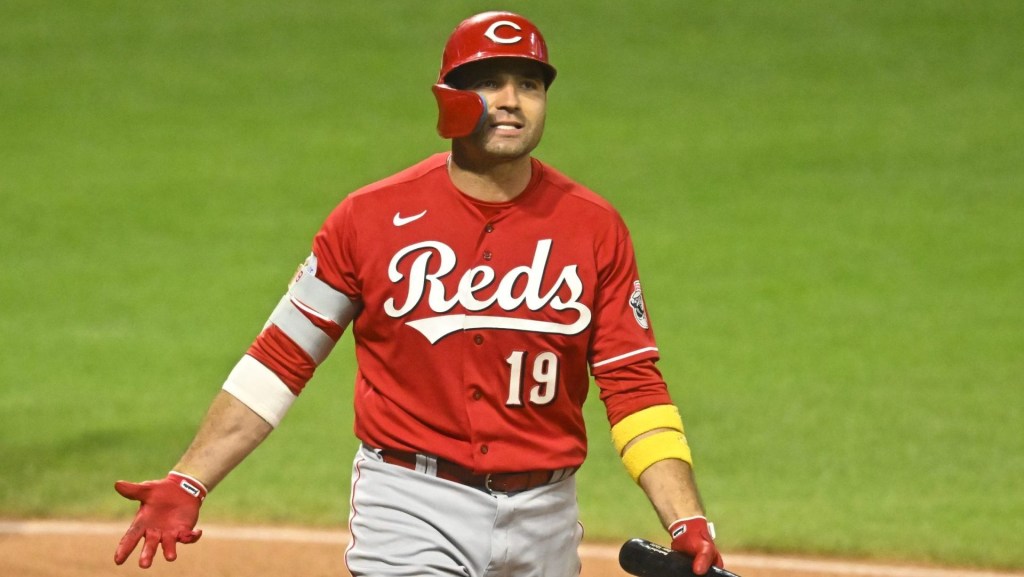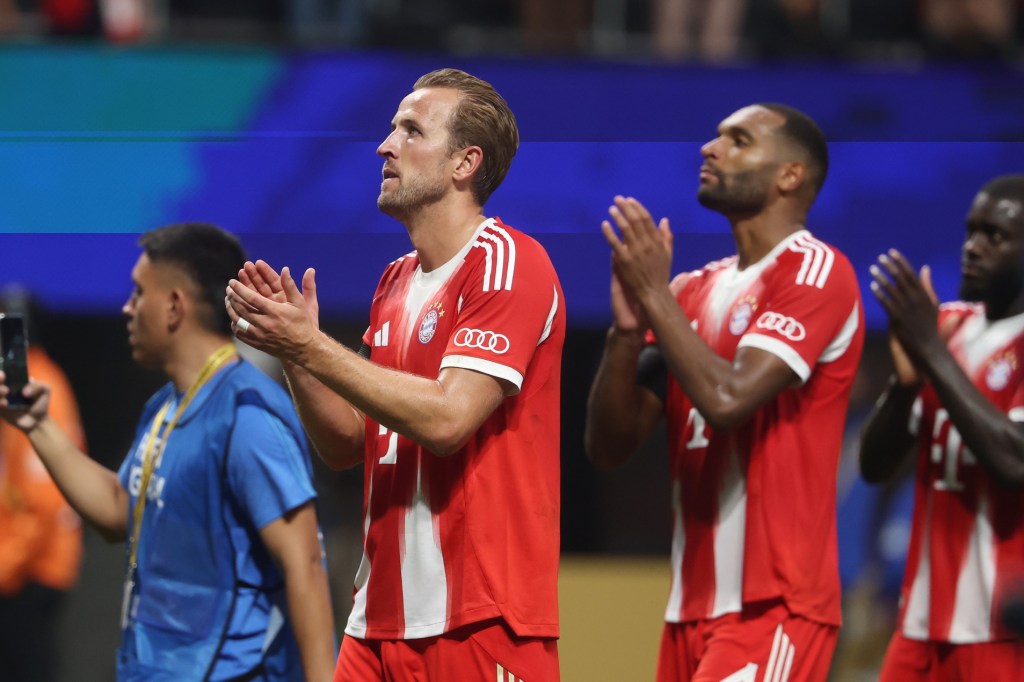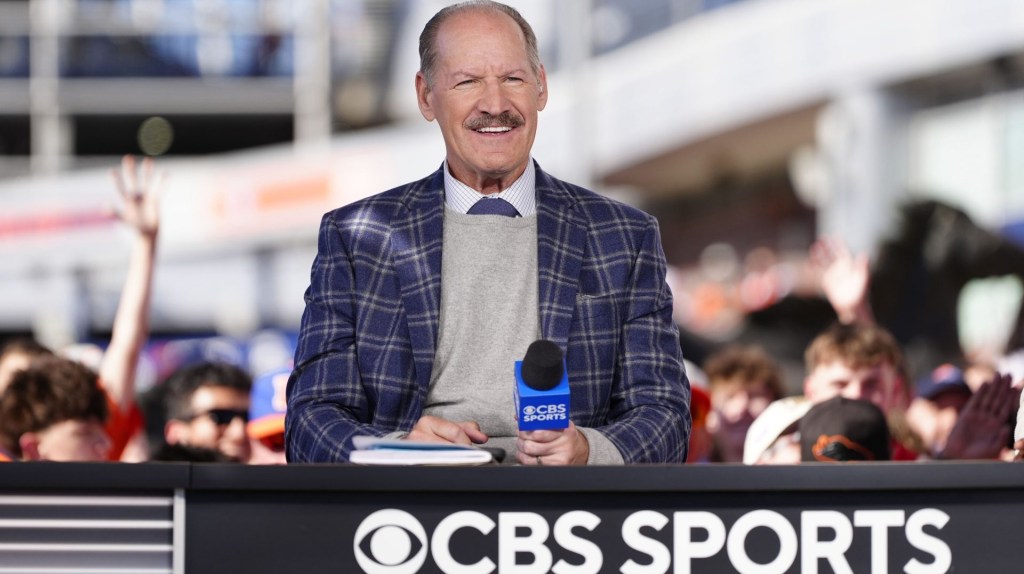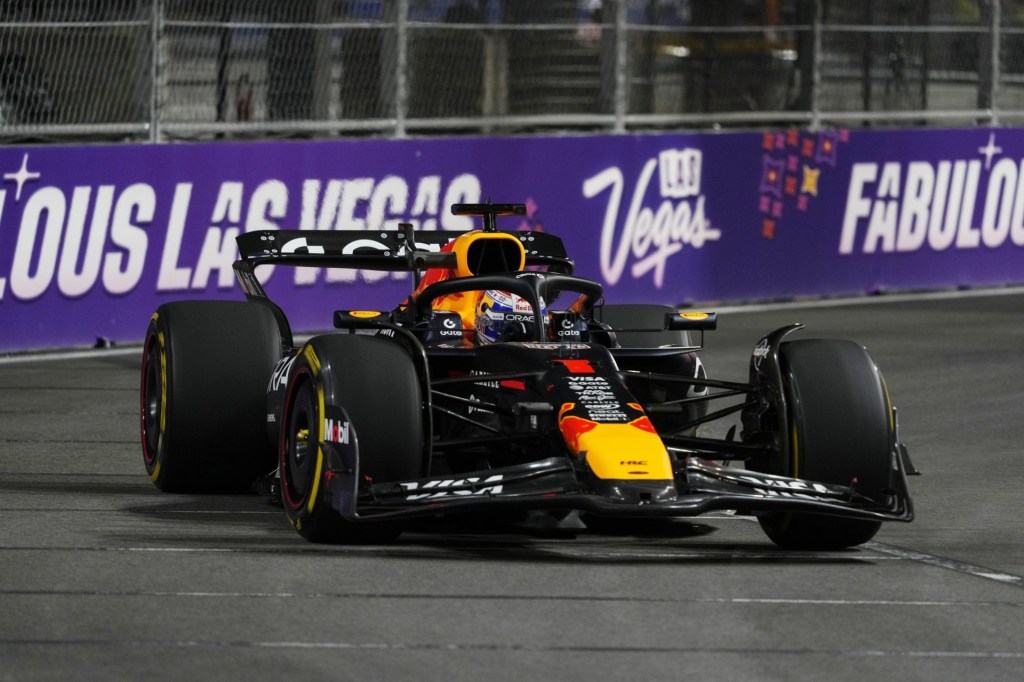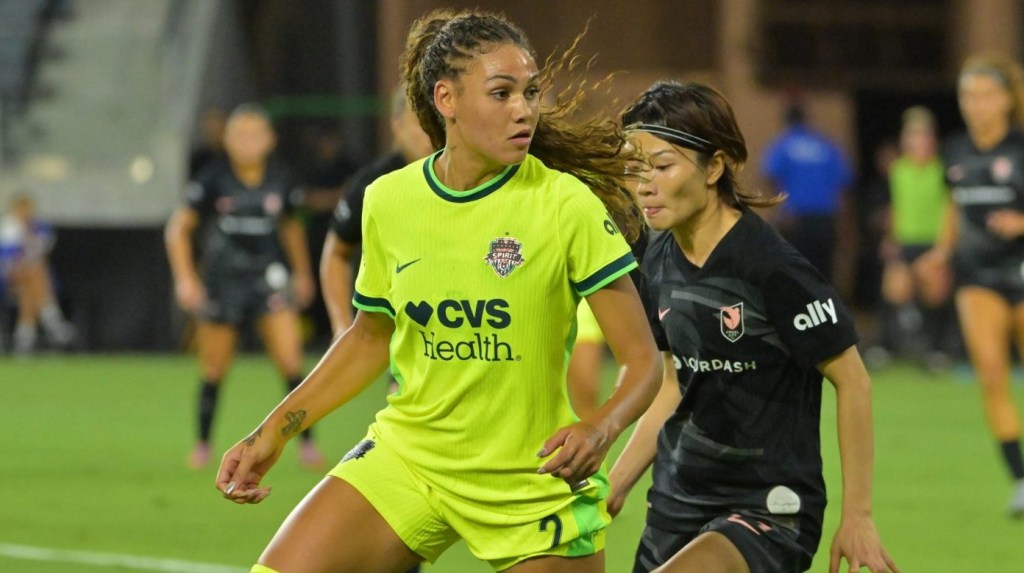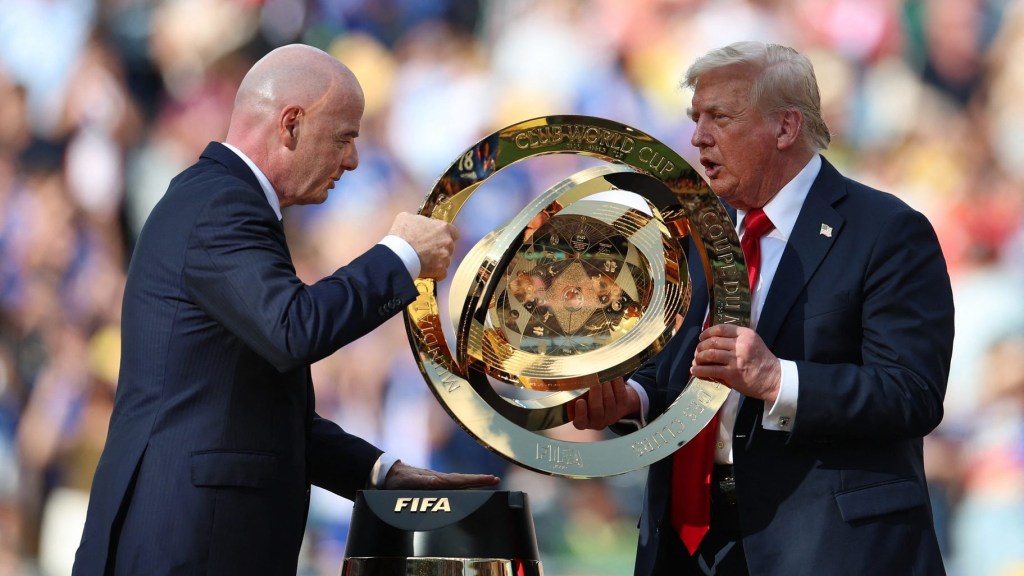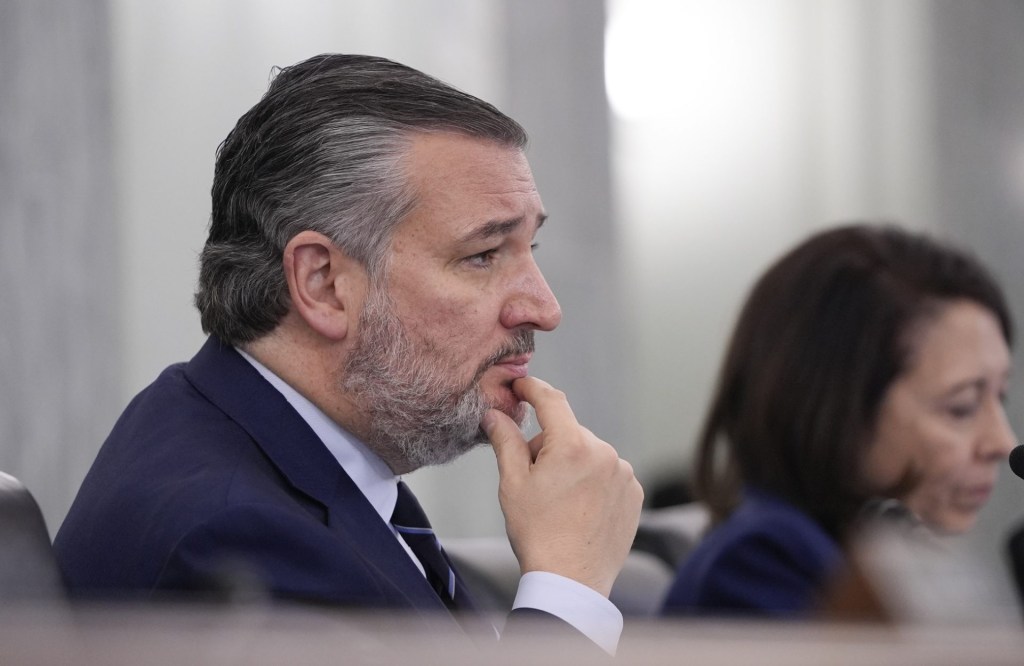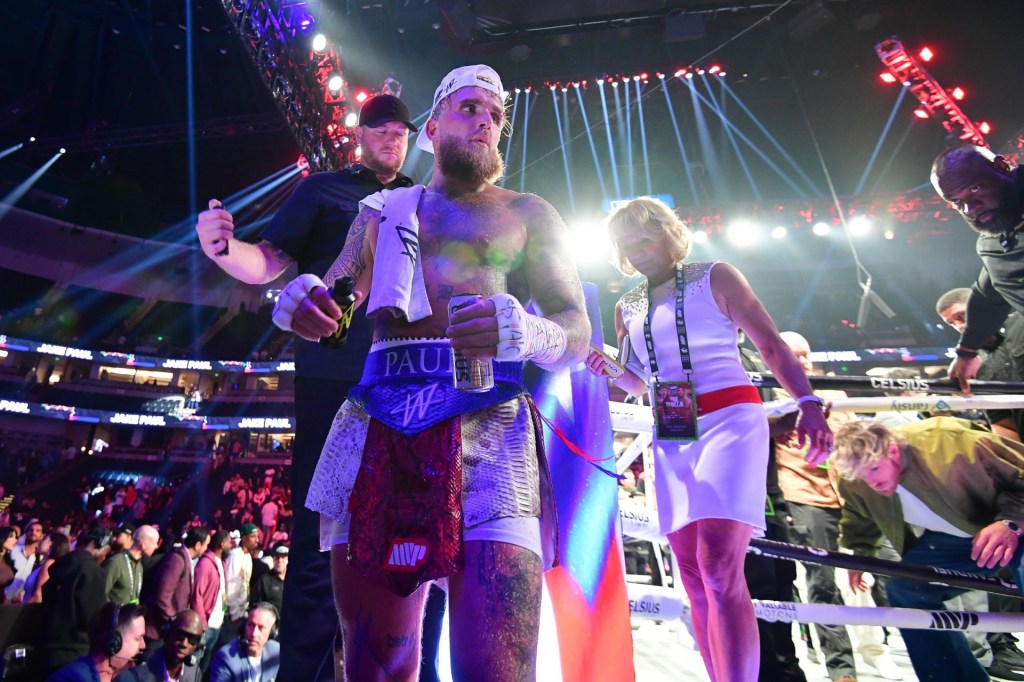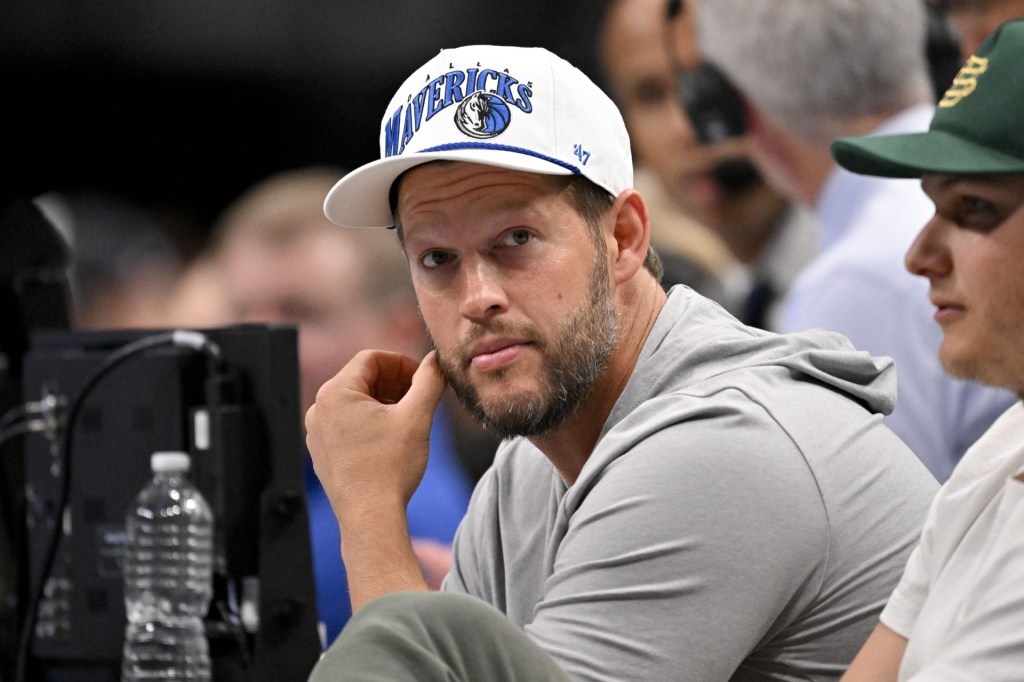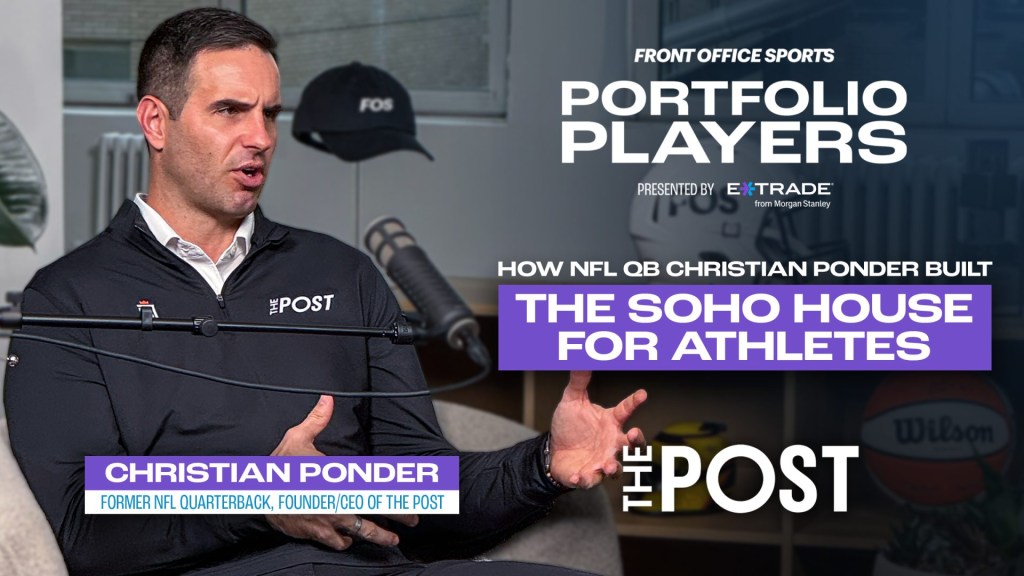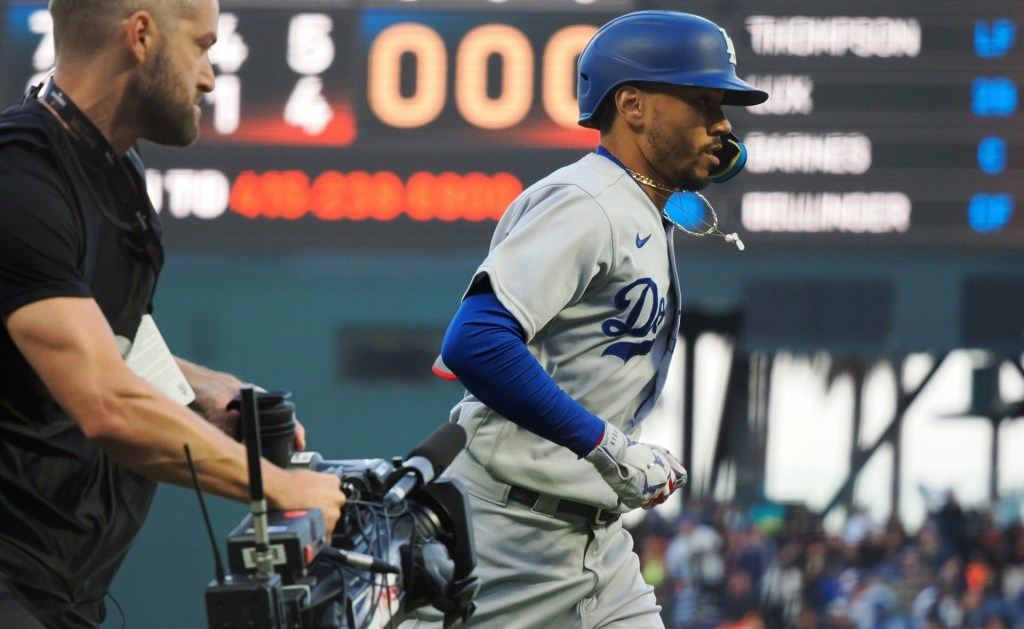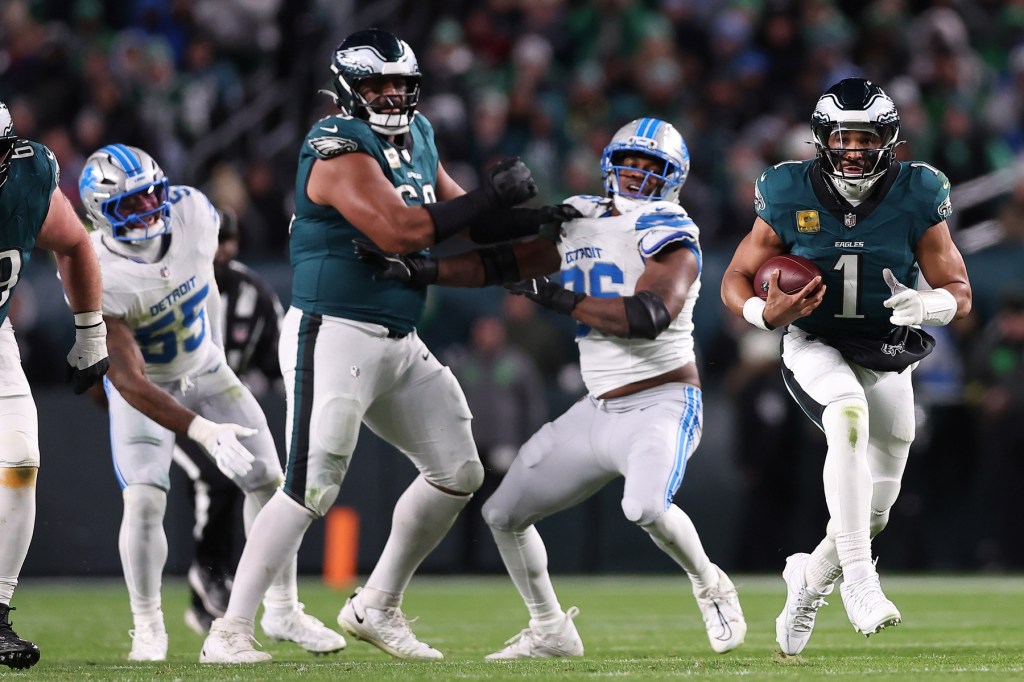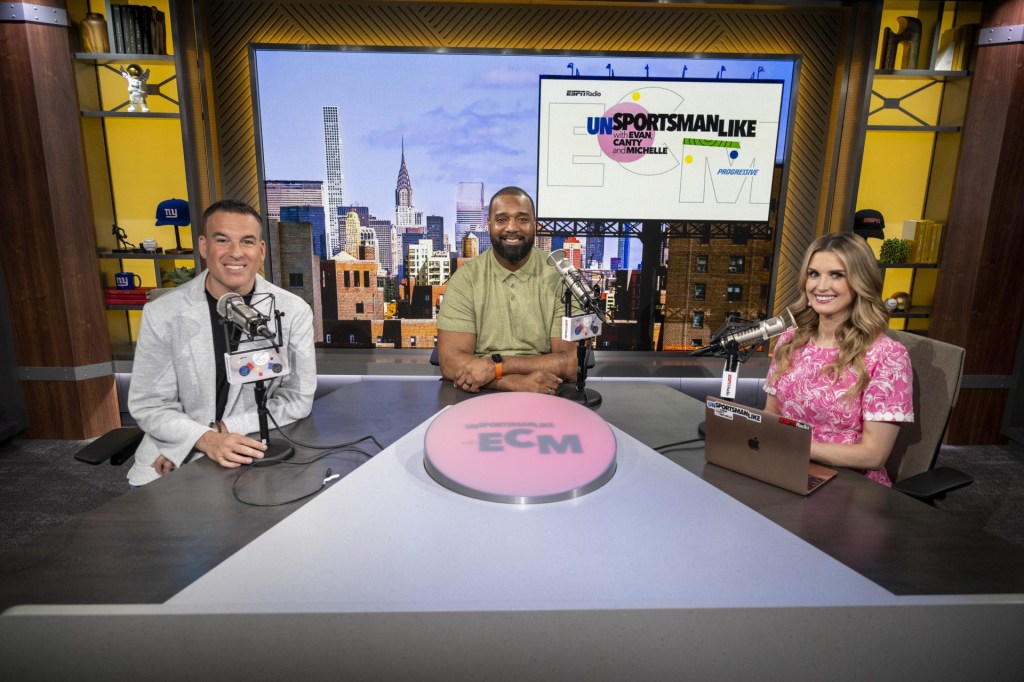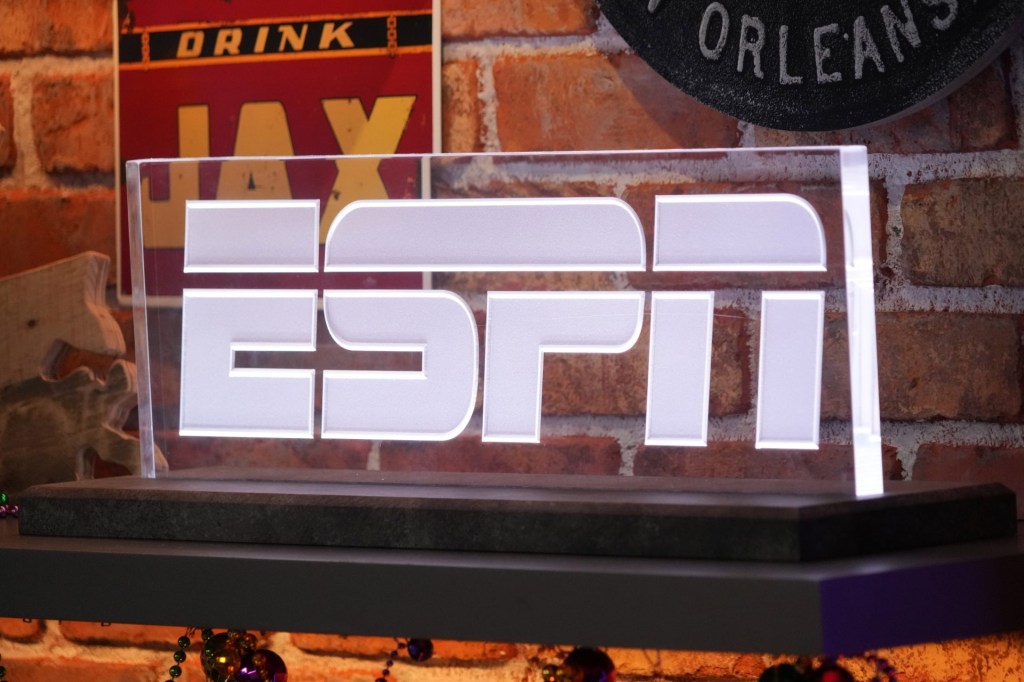Out of fear of cannibalizing the biggest TV audience of the year, the NFL has resisted airing alternate telecasts of the Super Bowl.
But Nickelodeon’s slime-filled alternate broadcast of multiple NFL games has proven these alt-feeds can draw younger, family-oriented viewers who are charmed by the sight of slime cannons and SpongeBob SquarePants.
Aside from the first Super Bowl in 1967, every Big Game game has aired on a single English language TV network. But on Feb. 11, Nickelodeon will offer the first alternative telecast of the Big Game in history, where Nate Burleson’s “kid-centric” version will air alongside the main broadcast on CBS Sports with Tony Romo, Jim Nantz, and Tracy Wolfson.
The NFL’s sports media czar Brian Rolapp says the league is now open to allowing future Super Bowl broadcasters to follow suit — which could pave the way for the king of alt-telecasts: ESPN’s “ManningCast.”
Launched during the 2021 season, the free-wheeling “Monday Night Football with Peyton and Eli” has proven to be a hit with both viewers and the many celebrity guests.
Over its first two seasons, the “ManningCast” has averaged approximately 1.45 million viewers, generating about 10% of MNF’s total audience. MNF averaged 13.79 million overall viewers for the 2022 season (The Mannings don’t alt-cast every MNF game, averaging about 10 games per season, including ESPN’s Wild Card telecast).
But the Mannings’ current contract with ESPN only runs through the 2024 season, and ESPN won’t broadcast its first-ever Super Bowls on sister network ABC until after the 2026 and 2030 seasons.
If the Mannings are renewed by the network, they will have taken notes from the previous Super Bowl alternative broadcasts by the other networks.
“We’re certainly open for more alternative broadcasts where it makes sense. CBS was innovative enough to really want to do this. We’re hoping it proves out that you can actually both expand the Super Bowl audience, but also better serve it,” said Rolapp, the NFL’s chief media and business officer, on a Wednesday press call.
“That’s really what the goal is. So yes, we’re open in Super Bowls going forward to having those conversations with broadcasters. Nothing’s planned now. But I’m sure a lot of our partners will look at what happens this February and start making decisions and approaching us about opportunities.”
Alternative telecasts only draw a fraction of the audience of the main broadcasts. But considering Fox’s telecast of Super Bowl LVII in February — the most-watched Big Game of all time — averaged 115.1 million viewers, alt-casts could still generate game-changing numbers of cord-cutters, teenagers, and younger viewers who are otherwise tuning out live sports.
CBS/Nickelodeon’s combined coverage of the NFC Wild Card game in January 2021 averaged 30.7 million viewers. Of that total, Nickelodeon delivered 2.1 million viewers. But Nickelodeon’s coverage was a big hit on social media, generating 2 billion impressions – and trending all day on Twitter. It made CBS look like a visionary innovator in the eyes of the NFL. The following year, Nickelodeon drew 1.3 million viewers for an NFC Divisional Playoff game.
Don’t forget, alternative telecasts for football championship games are not new. Since 2014, ESPN has taken a so-called “MegaCast” programming approach around the College Football National Championship.
In January, it offered viewers a dozen different ways to watch the game, including the main telecast with Kirk Herbstreit and Chris Fowler, a “Field Pass With Pat McAfee,” and a “SkyCam” view of the action.
The NFL’s media partners are always looking to one-up each other when it comes to innovation, so it wouldn’t be surprising to see a MegaCast battle for younger viewers over the next decade — especially if they can show Rolapp and Commissioner Roger Goodell they’re delivering younger viewers.
Take NBC, for example, whose sister company Universal could conceivably capitalize on properties like Nintendo’s Mario franchise. “The Super Mario Bros. Movie” generated $1.4 billion worldwide at the box office.
Back in 2020, former ESPN executive John Kosner told Front Office Sports that MegaCasts were the “future of live sports event coverage.”
Only three years later, these experimental telecasts are shaping up to be a permanent fixture around America’s most-watched TV event.
